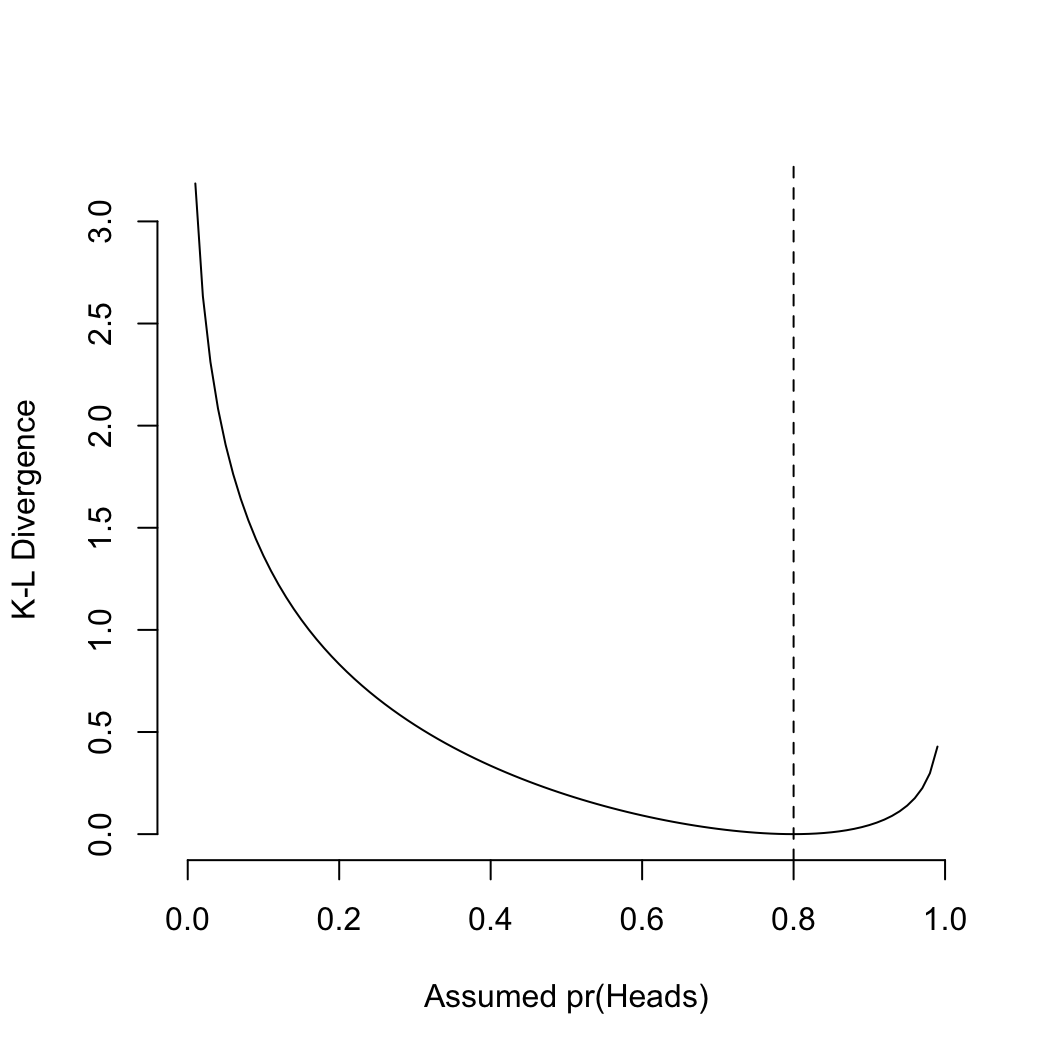fit_up = sampling(tsuga_unpooled, standat, iter=5000, refresh=0, chains=1)
fit_p = sampling(tsuga_pooled, standat, iter=5000, refresh=0, chains=1)
fit_pp = sampling(tsuga_ppool, standat, iter=5000, refresh=0, chains=1)
fit_ipp = sampling(tsuga_int_ppool, standat, iter=5000, refresh=0, chains=1)
## note for the hierarchical model, a MAP is hard to find,
## here we use the min deviance as a quick and dirty estimate
## a better estimate is to compute the mean of all parameters, then
## compute the deviance with those values
pd = c(Pooled = mean(as.matrix(fit_p, pars="deviance")) - map_up$par["deviance"],
Unpooled = mean(as.matrix(fit_up, pars="deviance")) - map_p$par["deviance"],
Hierarchical = mean(as.matrix(fit_pp, pars="deviance")) - min(as.matrix(fit_pp, pars="deviance")),
Hierarchical_intercept = mean(as.matrix(fit_ipp, pars="deviance")) - min(as.matrix(fit_ipp, pars="deviance")))
dic = 1*pd + c(map_up$par["deviance"], map_p$par["deviance"], min(as.matrix(fit_pp, pars="deviance")),
min(as.matrix(fit_ipp, pars="deviance")))
dic = rbind(dic, dic - min(dic)); rownames(dic) = c("DIC", "delta")
dic
## Pooled.deviance Unpooled.deviance Hierarchical Hierarchical_intercept
## DIC 5901.1422 5860.5243 5754.922 5872.5218
## delta 146.2202 105.6022 0.000 117.5998

